How to assess sleep? Existing diagnoses
How do we assess sleep?
Sleeping seven or eight hours a day does not mean sleeping well. Yes, we sleep the physiologically necessary hours, but do we make the most of them? Do we really rest?
How do we know if we are getting enough quality sleep?
There are some tests to measure and quantify it. We present them to you.
According to the Spanish Society of Neurology (SEN), more than 4,000,000 Spaniards suffer from chronic insomnia and up to 35% of the population suffers from periods of insomnia where sleepless nights are repeated over several days. We often think of these people when we refer to those who sleep badly. Big mistake. Anyone without insomnia can be sleeping wrongly without knowing it. There are tests to assess sleep that are worth knowing about.
It is clear that sometimes poor sleep is associated with a specific disease or condition, such as sleep apnoea. A common disorder where the sufferer has one or more pauses in breathing or shallow breaths during sleep and where their life may be in danger. But in other people, there may be no apparent problem and they may sleep the recommended seven or eight hours a day. If this is the case, why is the quality of sleep poor, and how can we know?
Polysomnography
Polysomnography is one of the most effective tests for assessing sleep quality. It records brain activity, heart rate, muscle activity, blood oxygen levels during sleep, breathing…
It is a test that must be carried out during the night and generally in a specialised Sleep Unit, not without first preparing the patient for it beforehand. A series of sensors are placed on the patient’s scalp and others on the face and body to analyse all the factors mentioned above.
It is a study that generally lasts between eight and nine hours, and when the patient gets up, the sensors are removed and he or she can continue with normal life while awaiting the results.
Multiple latency test or MSLT
This is an assessment focused on analysing excessive daytime sleepiness and requires a polysomnography the night before. The aim of having to perform this test is to exclude disorders that may explain the sleepiness, such as sleep apnoea or restless legs syndrome, among others.
This test is performed during the day where the person lies down in an unlit room and must make every effort not to fall asleep. The floor latency is the time it takes for a person to fall asleep and is also measured in each test, which must be performed five times in one day.
Repeated Test of Sustained Wakefulness or RTSW
In this test to assess the quality of sleep, the person to be tested is placed in a quiet, dimly lit room and forced to stay awake. An action is repeated several times during the day and the individual’s ability to maintain wakefulness is measured.
Epworth test
The Epworth sleep test was developed by Dr. Murray Johns in Australia and is widely used by sleep professionals around the world to measure sleep deprivation problems.
It assesses how often you feel drowsy and fall asleep, rather than just feeling tired, and is scored from 0 to 3 depending on whether you don’t fall asleep to High chance of falling asleep. Add the scores together.
If the Total Score is greater than 10, you should consider consulting a Sleep Specialist.
Stop Bank Questionnaire
It is not the only one but it is the most effective with a sensitivity of 93% to 100% according to studies and a specificity of 43%. So we can say that if the questionnaire is negative, the patient does not have OSAHS for sure, and that in half of the cases it is positive, but given the risk that this syndrome represents in the operating theatre, it seems better to be overcautious than overconfident.
The questionnaire is made up of 4 questions and 4 exploratory tests which in English form the acronym STOP-BANG
S – noring
– Is your snoring so loud that it could even be heard from another room? YES / NO
T – ired
– Do you often feel fatigued or sleepy during the day? YES / NO
O – bserved
– Have you observed anyone pausing for breath during sleep? YES / NO
P – ressure
– Have you been or are you being treated for high blood pressure? YES / NO
B – MI
– BMI greater than 35 kg/m2 YES / NO
A – GE
– Age over 50 years YES / NO
N -eck
– Cervical circumference greater than 40 cms YES / NO
G – ender
– Male gender YES / NO
3 or more affirmative answers indicate a risk of almost 50% of suffering from OSA while if the answers are 2 or less the risk is almost nil.
Questionnaires
There are also different questionnaires carried out by professionals and specialised institutes aimed at assessing sleep, such as the Pittsburgh Sleep Quality Questionnaire or the Functional Sleep Questionnaire (FOSQ), among others.
Terapia CPAP Portugal
Latest posts by Terapia CPAP Portugal (see all)
- Sleep apnea with other illnesses - 21 de July de 2023
- What is an oxygen concentrator and what is it for? - 23 de June de 2023
- Sleep apnea machine - 5 de December de 2022
- Difference between CPAP and BIPAP - 22 de November de 2022
- Narval CC mandibular advancement for sleep apnea - 14 de November de 2022





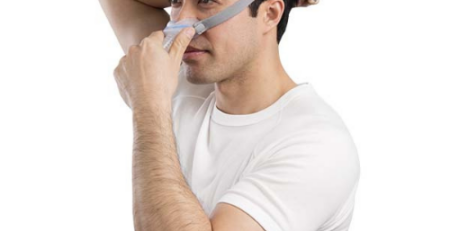

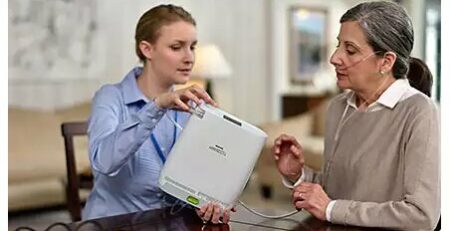


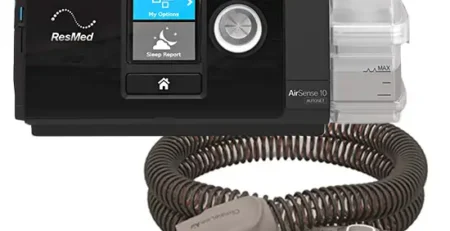
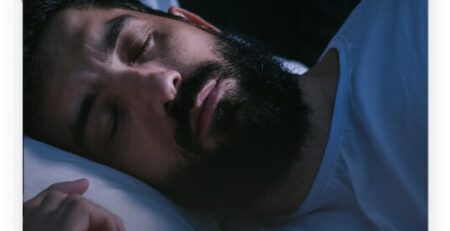
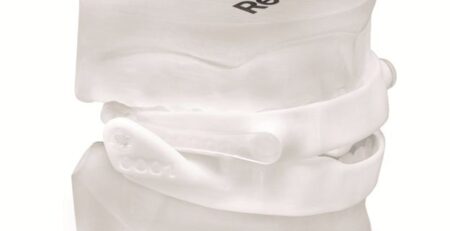

Leave a Reply